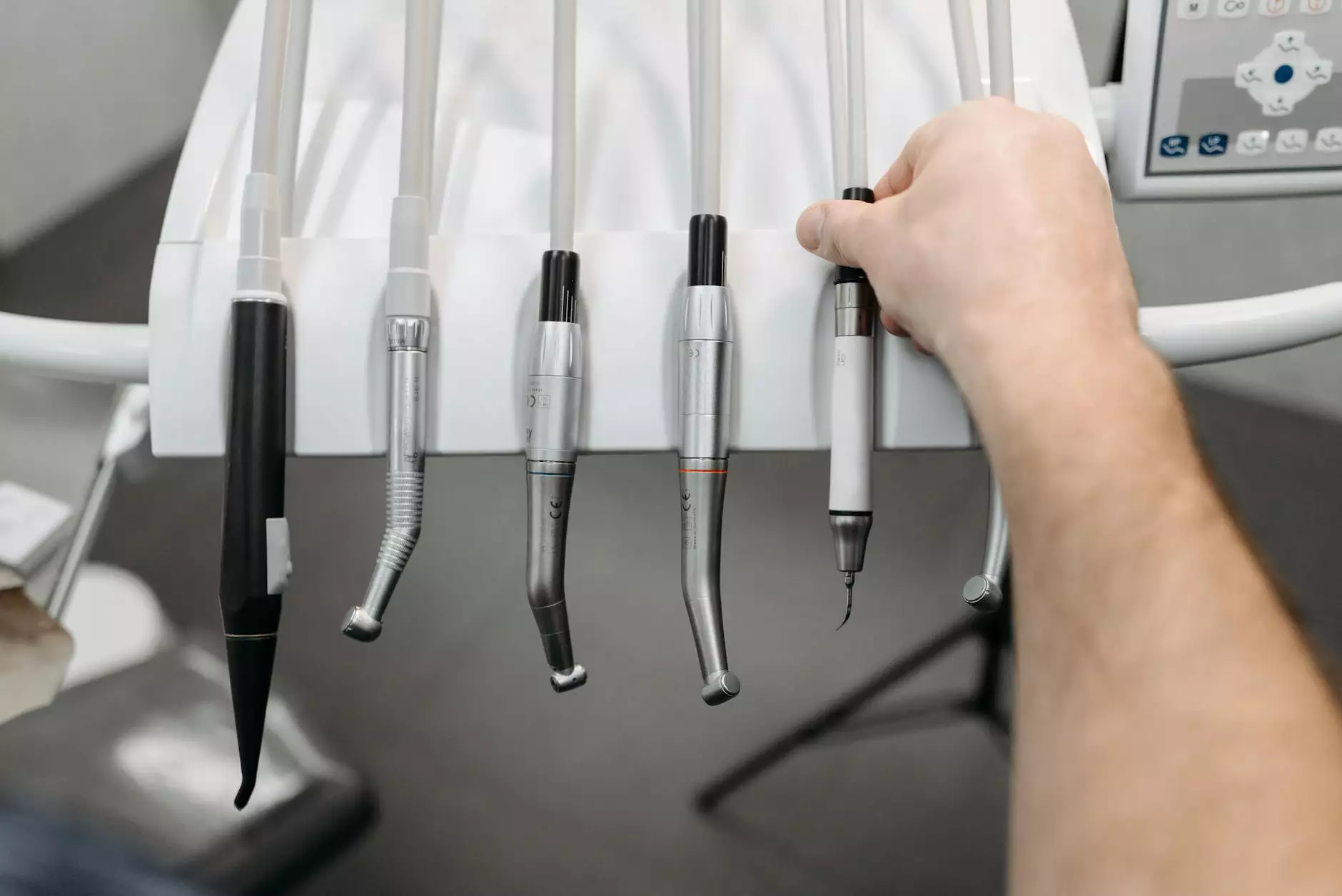Understanding External Rotation: A Comprehensive Guide for Health and Medical Professionals

External rotation is a pivotal concept in the fields of health and medical practices, particularly within the realms of rehabilitation, chiropractic care, and athletic training. This article delves deeply into the meaning, implications, and applications of external rotation, providing essential insights for practitioners and educators alike.
What is External Rotation?
At its core, external rotation refers to the movement of a limb or body part that involves rotating away from the midline of the body. This biomechanical action is crucial for various physical activities and plays a significant role in maintaining overall joint health.
The Biomechanics of External Rotation
To fully appreciate the significance of external rotation, it is important to understand its biomechanics. The movement is predominantly associated with the shoulder and hip joints. In the shoulder, external rotation allows for a greater range of motion, aiding athletes and individuals in various tasks:
- Enhancing performance in sports like swimming and tennis.
- Facilitating daily activities, such as reaching behind you or throwing objects.
The Anatomy Involved in External Rotation
The major muscles involved in external rotation include:
- Infraspinatus: A rotator cuff muscle that plays a crucial role in shoulder stability.
- Teres Minor: A small muscle located below the infraspinatus that assists in external rotation.
- Deltoid: The muscle covering the shoulder joint, contributing significantly to arm movement.
Types of External Rotation
Understanding the types of external rotation can further enhance the knowledge of health professionals. There are primarily two types:
- Active External Rotation: This occurs when a person intentionally rotates their limb externally, such as in an exercise or movement.
- Passive External Rotation: This is when an external force, like a physical therapist or equipment, assists in rotating the limb.
Why is External Rotation Important?
External rotation is not merely a physical movement; it is essential for various physiological functions:
- Joint Stability: Adequate external rotation contributes to the stability of joints, preventing injuries during high-energy movements.
- Posture and Alignment: Proper alignment during activities is vital, and external rotation helps achieve that in both the upper and lower body.
- Injury Prevention: Light stretching and strengthening of muscles involved in external rotation can significantly reduce the risk of injuries.
Common Conditions Affecting External Rotation
Understanding conditions that impair external rotation is crucial for health professionals. Here are some common conditions that can affect this ability:
- Rotator Cuff Injury: An injury to the muscles and tendons surrounding the shoulder joint that often affects external rotation.
- Shoulder Impingement: When the shoulder blade compresses the rotator cuff during elevation, restricting external rotation.
- Hip Dysplasia: A condition in which the hip joint doesn’t properly form, potentially impeding external rotation of the leg.
Assessment of External Rotation
Health professionals need to accurately assess external rotation to guide treatment plans. Common methods of assessment include:
- Goniometry: A tool used to measure the angle and range of joint movement during external rotation.
- Functional Testing: Observations of how external rotation impacts functional movements in daily life or sports.
Improving External Rotation: Exercises and Techniques
Enhancing external rotation is essential for athletes and individuals alike. Here are some effective exercises and techniques:
Shoulder External Rotation Stretch
This stretch helps to open up the shoulder joint, improving flexibility:
- Stand or sit up straight.
- Hold a resistance band with both hands, elbows at 90 degrees.
- Gently pull the band apart, focusing on rotating your arms externally.
Band External Rotation
This exercise strengthens the muscles responsible for external rotation:
- Attach a resistance band at elbow height.
- Stand with your side facing the band, holding it with the opposite hand.
- Keep your elbow close to your body and pull the band away to externally rotate your shoulder.
Role of Chiropractors in Managing External Rotation Issues
Chiropractors play a vital role in assessing and improving external rotation capabilities:
- Spinal Adjustments: Alignment of the spine can influence shoulder and hip mechanics.
- Soft Tissue Therapy: Techniques such as myofascial release can alleviate restrictions affecting external rotation.
Education and Training for Health Professionals
Proper education and training on external rotation are imperative for healthcare providers. Topics to cover include:
- Anatomy and Kinesiology: Understanding muscle function and joint mechanics.
- Rehabilitation Techniques: Implementing effective exercises and recovery protocols.
- Assessment Skills: Mastering the techniques for evaluating joint mobility and identifying dysfunction.
Conclusion
In conclusion, external rotation is a fundamental movement that contributes significantly to joint health, athletic performance, and rehabilitation outcomes. Health professionals, especially those in the fields of chiropractic care and education, must have a comprehensive understanding of this movement and its implications. By promoting proper techniques and exercises, professionals can help patients enhance their external rotation abilities, leading to improved functional outcomes and overall better health.
Investing time in understanding and applying knowledge about external rotation will not only benefit practitioners but also their clients and patients. Through effective education and therapeutic techniques, we can all contribute to a healthier and more active society.









